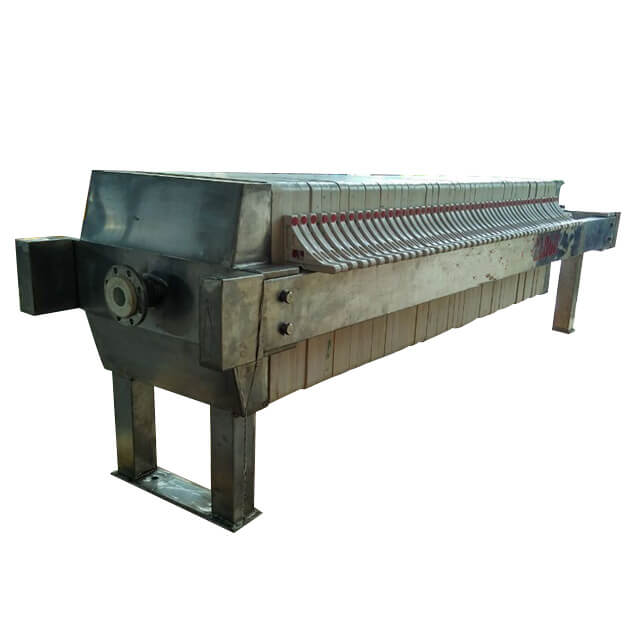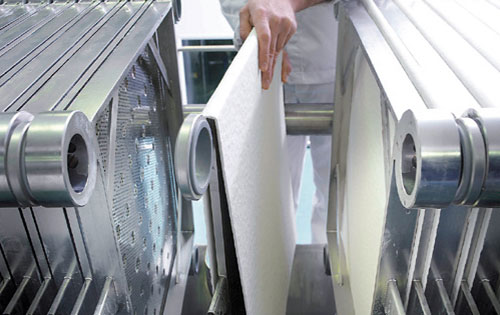After the rapid development of the domestic machine tool industry in recent years, the output of medium and high-end CNC machine tools has continued to increase substantially, and it has been able to provide corresponding products for key manufacturing fields such as aerospace, automobiles, ships, energy and power, and rail transit. The application of machine tool fixtures is beneficial to ensure the processing accuracy of the workpiece and stabilize the product quality; it is beneficial to improve labor productivity and reduce costs; it is beneficial to improve workers' working conditions and ensure safe production; it is conducive to expanding the scope of machine tools and achieving "multiple use of one machine".
1. Type of machine tool fixture
The jig is a process equipment for clamping workpieces, which is widely used in the processes of machining, heat treatment, assembly, welding and inspection of mechanical manufacturing processes.
The fixtures used on metal cutting machines are collectively referred to as machine tool holders. In modern production, machine tool fixture is an indispensable process equipment, which directly affects the precision of workpiece processing, labor productivity and manufacturing cost of products. There are a wide variety of machine tool fixtures that can be used to classify machine tool fixtures from different angles. The commonly used classification methods are as follows.
(1) Classification according to the use characteristics of the fixture
According to the general characteristics of the fixture in different production types, the machine tool fixture can be divided into five categories: general fixture, special fixture, adjustable fixture, combined fixture and assembly fixture.
1 General-purpose fixtures Standardized fixtures that can process different workpieces within a certain range, called general-purpose fixtures, whose structure and size have been standardized, and have certain versatility, such as three-jaw self-centering chucks, flat-bottomed vise for machine tools, Four-jaw single-action chuck, bench vice, universal indexing head, top, center frame and magnetic table. These fixtures are highly adaptable and can be used to hold a wide variety of workpieces in a range of shapes and sizes. These fixtures have been manufactured as a machine tool attachment from a specialized factory and can be purchased. The disadvantage is that the precision of the fixture is not high, the productivity is low, and it is difficult to clamp the workpiece with complicated shape, so it is generally suitable for single-piece small batch production.
2 Special fixture A fixture designed and manufactured for a certain process of a workpiece is called a special fixture. In the production of relatively stable products and large batches, various special fixtures are used to achieve high productivity and processing accuracy. Special fixtures have a longer design cycle and a larger investment. Special fixtures are generally used in mass production. In addition to mass production, small and medium-sized batch production also requires the use of special fixtures, but specific technical and economic analysis should be carried out in the structural design.
3 Adjustable Fixtures Some components can be adjusted or replaced to accommodate a variety of workpiece machining fixtures, called adjustable fixtures. Adjustable clamps are a new class of fixtures developed for the defects of general and special fixtures. For different types and sizes of workpieces, it is only necessary to adjust or replace the individual positioning and clamping elements on the original fixture. It can be generally divided into two types: universal adjustable clamps and grouped clamps. The general range of the former is larger than that of the universal fixture; the latter is a special adjustable fixture, which is designed according to the group principle and can process a similar group of workpieces, so it is better used in many varieties, medium and small batch production. The economic effect.
4 Combination fixtures use standard combination components and components, which are assembled for a certain process of a workpiece, called a combination fixture. The combination fixture is a modular fixture. Standard modular components are highly accurate and wear resistant and can be assembled into a variety of fixtures. The fixture is detachable and left to be assembled for new fixtures after cleaning. Due to the use of the combined fixture, the production preparation cycle can be shortened, the components can be used repeatedly, and the number of special fixtures can be reduced. Therefore, the combined fixture is economical in single-piece, medium- and small-batch production and numerical control processing. Fixture.
5 Assembled fixtures are assembled with special standardized and serialized assembly parts, called assembly fixtures. It has the advantages of a combined fixture, but is more accurate, more efficient, and more compact than a combined fixture. Small hydraulic cylinders are often found in the base plates and clamping parts. This type of fixture is more suitable for use on CNC machines.
Classified by machine
Fixtures can be divided into lathe fixtures, milling fixtures, drill chuck fixtures, boring machine fixtures, gear machine tool fixtures, CNC machine tool fixtures, automatic machine tool fixtures, automatic line pallets, and other machine tool fixtures.
Classified by clamped power source
The clamp can be divided into manual clamps, pneumatic clamps, hydraulic clamps, gas-liquid booster clamps, electromagnetic clamps, and vacuum clamps according to the clamped power source.
2. Features of CNC Machining Fixtures As machine tool fixtures, the first step is to meet the clamping requirements of the workpiece during machining. At the same time, the CNC machining fixture has its own characteristics. These characteristics are:
(1) CNC machining is suitable for multi-variety, medium and small batch production. For multi-variety workpieces of different sizes and shapes, the CNC machining fixture should be flexible and can be clamped with various shapes and sizes after proper adjustment. .
(2) The traditional special fixture has four functions of positioning, clamping, guiding and tool setting. CNC machine tools are generally equipped with contact test heads, tool presetters and tool setting components, which can be solved by machine tools. Knife problem. The accurate positioning accuracy controlled by the program on the CNC machine tool can realize the tool guiding function in the fixture. Therefore, the jig in the numerical control machining generally does not require the guiding and tool setting functions, and only requires the positioning and clamping functions to meet the use requirements, which simplifies the structure of the jig.
In order to meet the high efficiency of CNC machining, CNC machining fixtures should be clamped as quickly as possible using pneumatic, hydraulic, electric and other automatic clamping devices to shorten the auxiliary time.
The fixture itself should have sufficient stiffness to accommodate large cutting applications. CNC machining has the characteristics of concentrated process. In the one-time clamping of the workpiece, it is necessary to carry out rough machining with large cutting force and finishing machining to achieve the final precision of the workpiece. Therefore, the rigidity and clamping force of the clamp must be large. Cutting force requirements.
In order to adapt to the multi-faceted machining of the CNC, it is necessary to avoid the interference of the fixture structure including the components on the fixture to the tool trajectory, and the fixture structure does not hinder the multi-face machining of the workpiece to the various parts of the workpiece.
The positioning of the fixture should be reliable, the positioning component should have a high positioning accuracy, and the positioning part should be easy to clean up and no chip accumulation. If the positioning surface of the workpiece is too small, consider adding a process boss or auxiliary reference.
For workpieces with low rigidity, the minimum clamping deformation should be ensured, such as bringing the clamping point close to the supporting point, and avoiding the clamping force acting on the hollow area of ​​the workpiece. When roughing and finishing are completed in one process, if the above measures cannot control the deformation of the workpiece within the range required by the machining accuracy, the program should be suspended before finishing, allowing the operator to change before finishing machining after roughing. Clamping force (appropriately reduced) to reduce the effect of clamping deformation on machining accuracy.
(Finish)Coal Washing Cast Iron Filter Press is made by high quality cast iron or ductile iron .This kind of Filter Press is suitable for high temperature raw materials . The cast iron Filter Plate with high strength , can bear high pressure , with long using life.
Cast iron filter press with two types ,one is plate and frame type ,the other is chamber type. Cast iron filter press compression method with hydraulic compression , manual compression , mechanical compression , automatic pull plate hydraulic compression and jack compression.


Parameters:
|
Item
Parameters
model |
Filter Area (m2) |
Inner Size (mm) |
Plate Thickness (mm) |
Motor Power (kw) |
Plate Number (Pieces) |
Filter Capacity (L) |
Hydraulic System Rated Pressure (Mpa) |
External Size (mm) |
Weight (kg) |
|||
|
Pressing |
Returning |
L |
W |
H |
||||||||
|
TG-800 |
37 |
Φ750 |
55 |
3 |
40 |
489 |
≤15 |
≤8 |
4200 |
1150 |
1400 |
3220 |
|
TG-800 |
54 |
60 |
727 |
5300 |
3820 |
|||||||
|
TF-800 |
72 |
80 |
967 |
6400 |
4520 |
|||||||
Coal Washing Cast Iron Filter Press
Coal Washing Cast Iron Filter Press,High Pressure Filter Press,Coal Washing Filter Press
Hebei TianGuan Filter Press Co., Ltd. , http://www.filterpressure.com